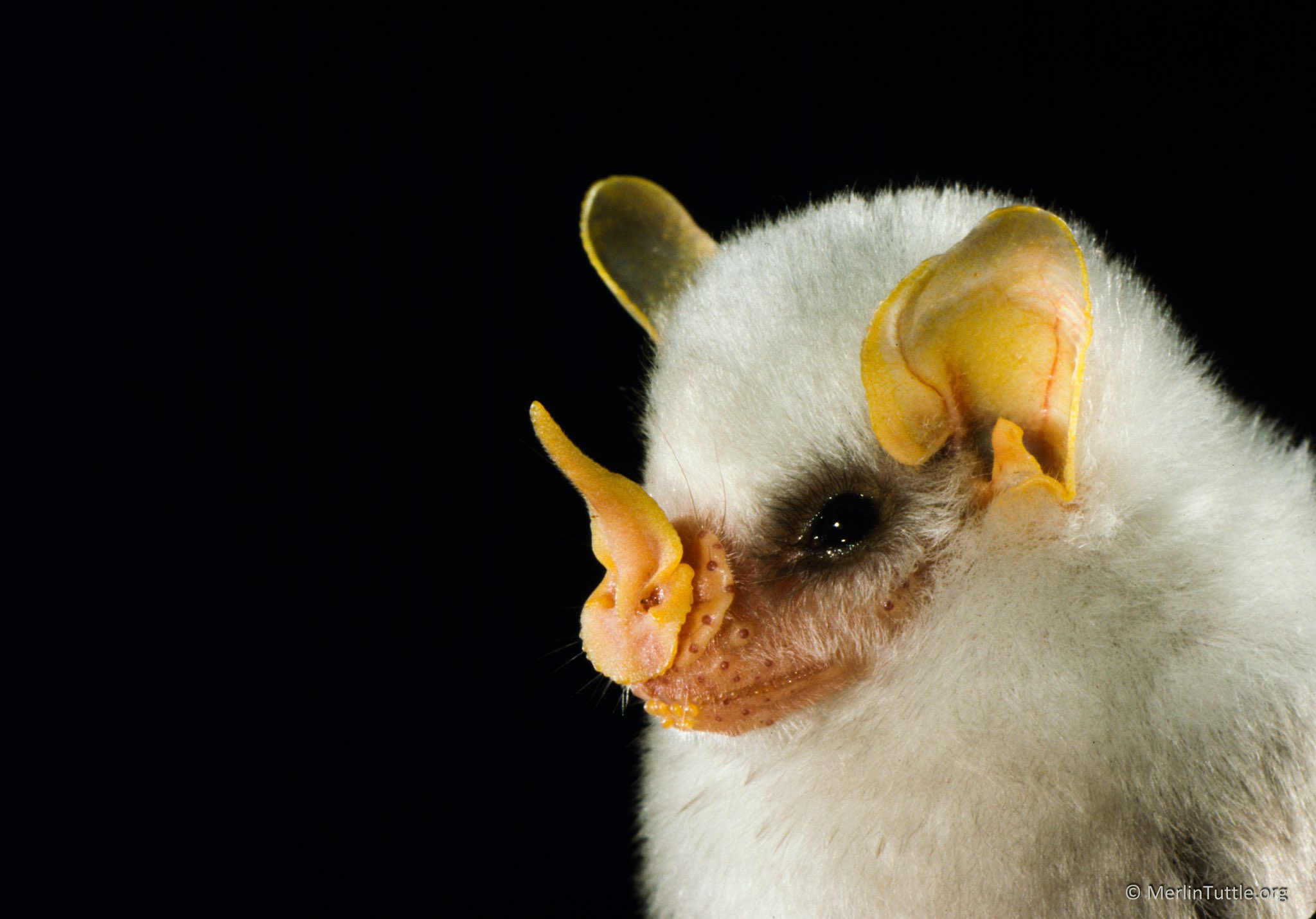
The Tiny, Leaf-Dwelling Marvel: Honduran White Bats
If you’ve never heard of the Honduran White Bat, you’re in for a delightful surprise. These tiny, cloud-colored creatures look like they belong in a fantasy story rather than the rainforests of Central America. With their fluffy white fur and lemon-yellow ears and noses, Honduran White Bats are some of the most visually striking and unusual mammals in the animal kingdom.
What Is a Honduran White Bat?
The Honduran White Bat (Ectophylla alba) is a species of leaf-nosed bat found primarily in the lowland rainforests of Honduras, Nicaragua, Costa Rica, and western Panama. Adults are tiny—only about 1.5 inches (3.7 cm) long—and weigh less than a quarter of an ounce.
Despite their angelic appearance, they’re not albino. Their distinctive coloration is due to unique adaptations: their white fur helps reflect sunlight, while their bright yellow facial features are the result of carotenoids, the same pigments found in carrots and sweet potatoes.
Living in Tents: Nature’s Little Architects
One of the most fascinating things about Honduran White Bats is their unusual housing strategy. They are known as “tent-making bats” because they create shelters by carefully cutting the veins of large Heliconia leaves so that the leaf folds down, forming a protective canopy.
A single leaf can host a small group (called a colony), usually made up of one male and several females. The tent shelters them from rain and predators, and because the leaf filters light to a gentle green hue, it provides camouflage in the dense forest.
Diet and Role in the Ecosystem
These bats are frugivores, meaning they eat only fruit. They particularly favor figs, which are a vital part of their ecosystem. As they travel and eat, they help with seed dispersal, playing an essential role in forest regeneration.
Unlike insect-eating bats, Honduran White Bats don’t echolocate to catch prey. Instead, they rely more on their vision and smell to find ripe fruit in the forest.
Conservation Status
While the Honduran White Bat is not currently listed as endangered, it is considered “near threatened” due to habitat loss. Their survival depends on the availability of the broad-leaved plants they use for roosting, which are increasingly at risk due to deforestation.
Fun Facts
- They glow! Under UV light, parts of the bat fluoresce, especially their ears and nose. Scientists are still studying the purpose of this phenomenon.
- Social sleepers: They often roost together in close groups for warmth and protection.
- Silent flight: Their small size and soft fur help them fly almost silently through the forest understory.
Final Thoughts
The Honduran White Bat may be small, but it carries big ecological importance and endless charm. These little bats remind us that even the tiniest creatures can be architects, caretakers of the forest, and biological wonders. Protecting their rainforest habitat ensures that this snow-white treasure of Central America continues to thrive in the wild.
More photos below ↓







Disclaimer: This blog post is for edutainment purposes only and may not be entirely accurate.






